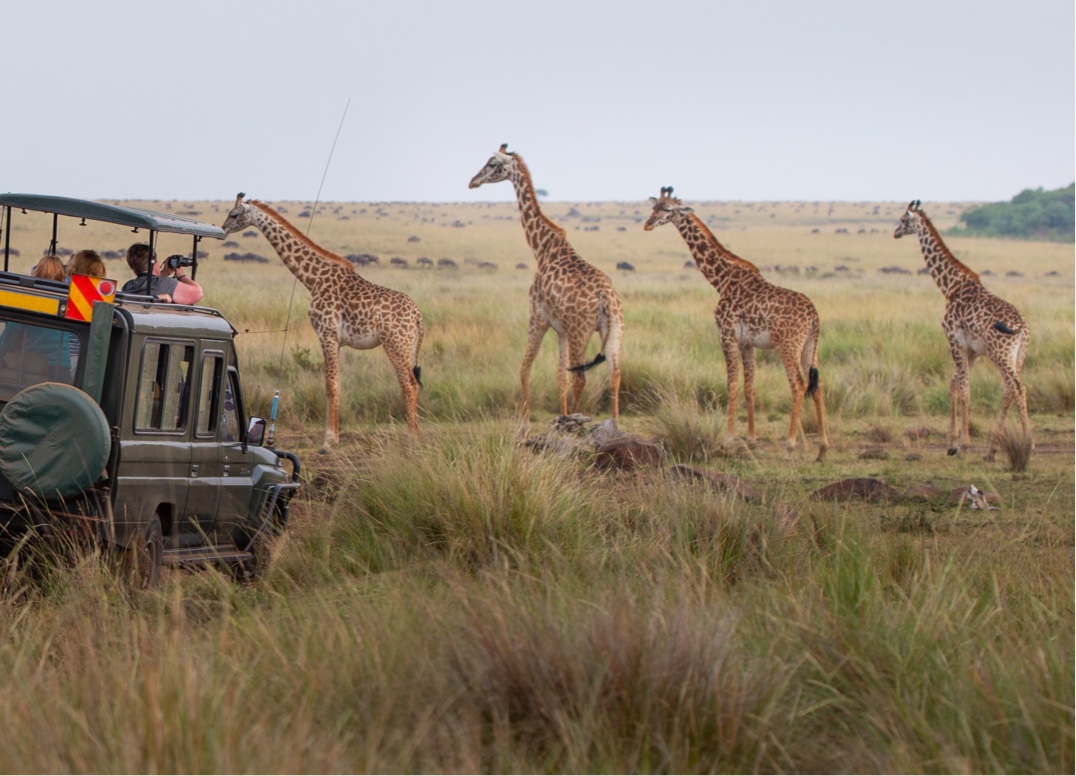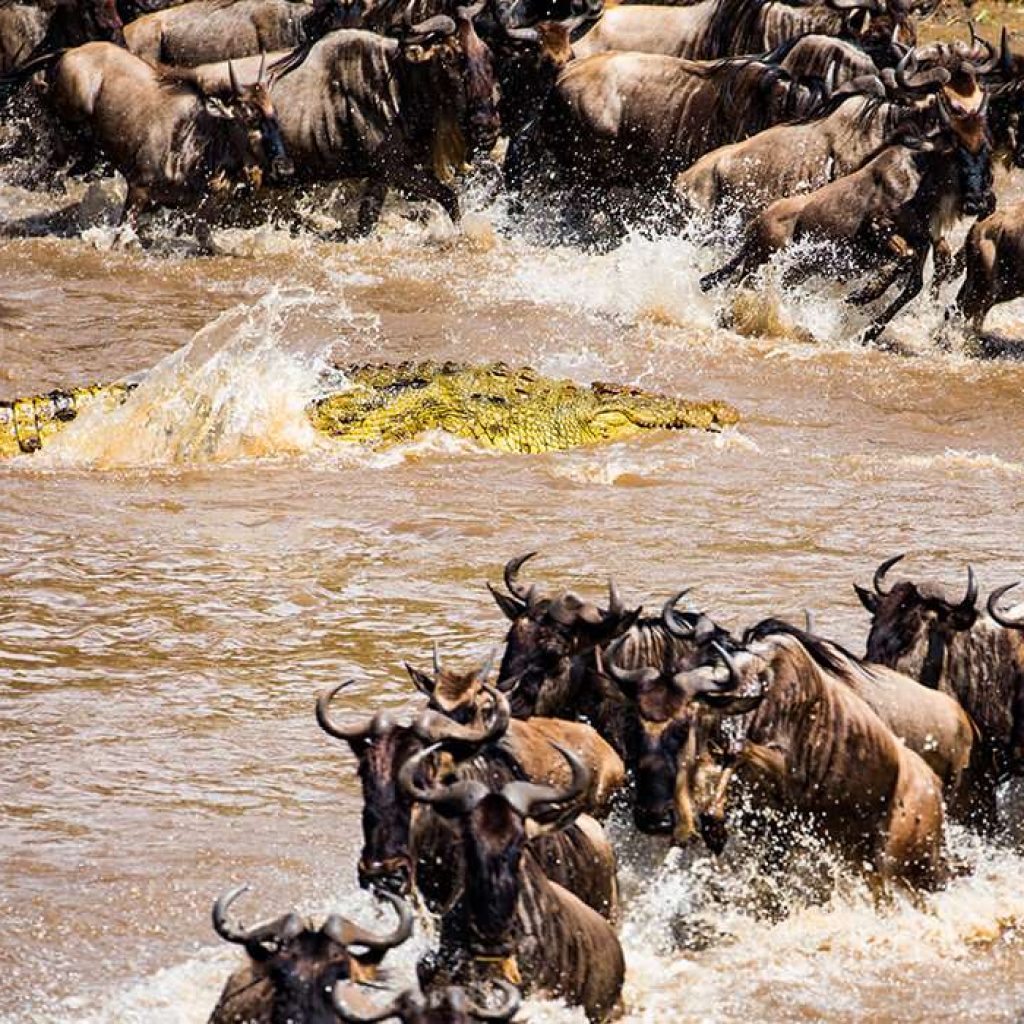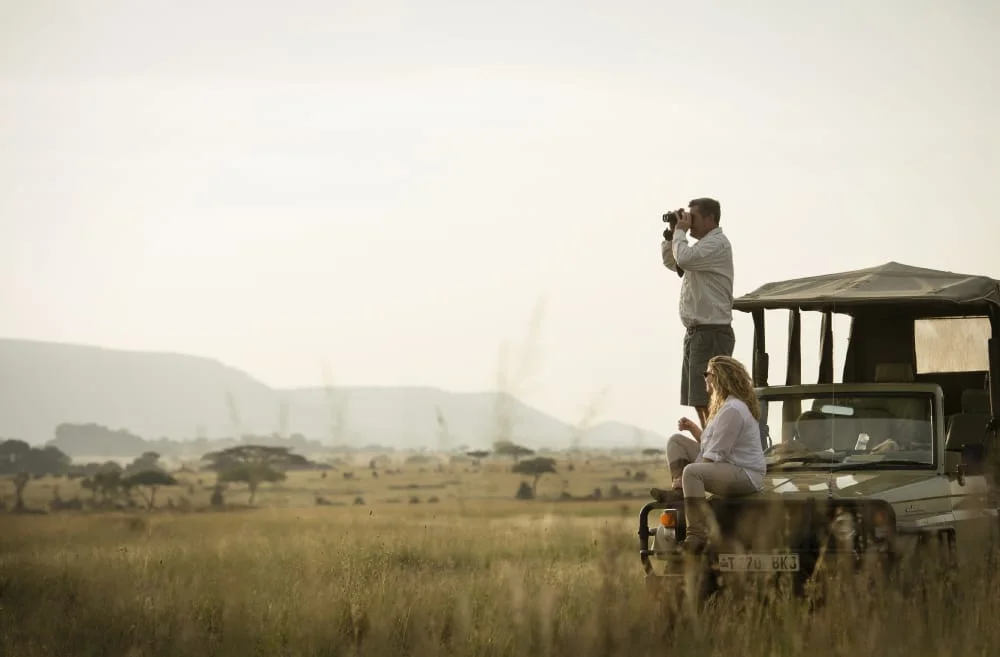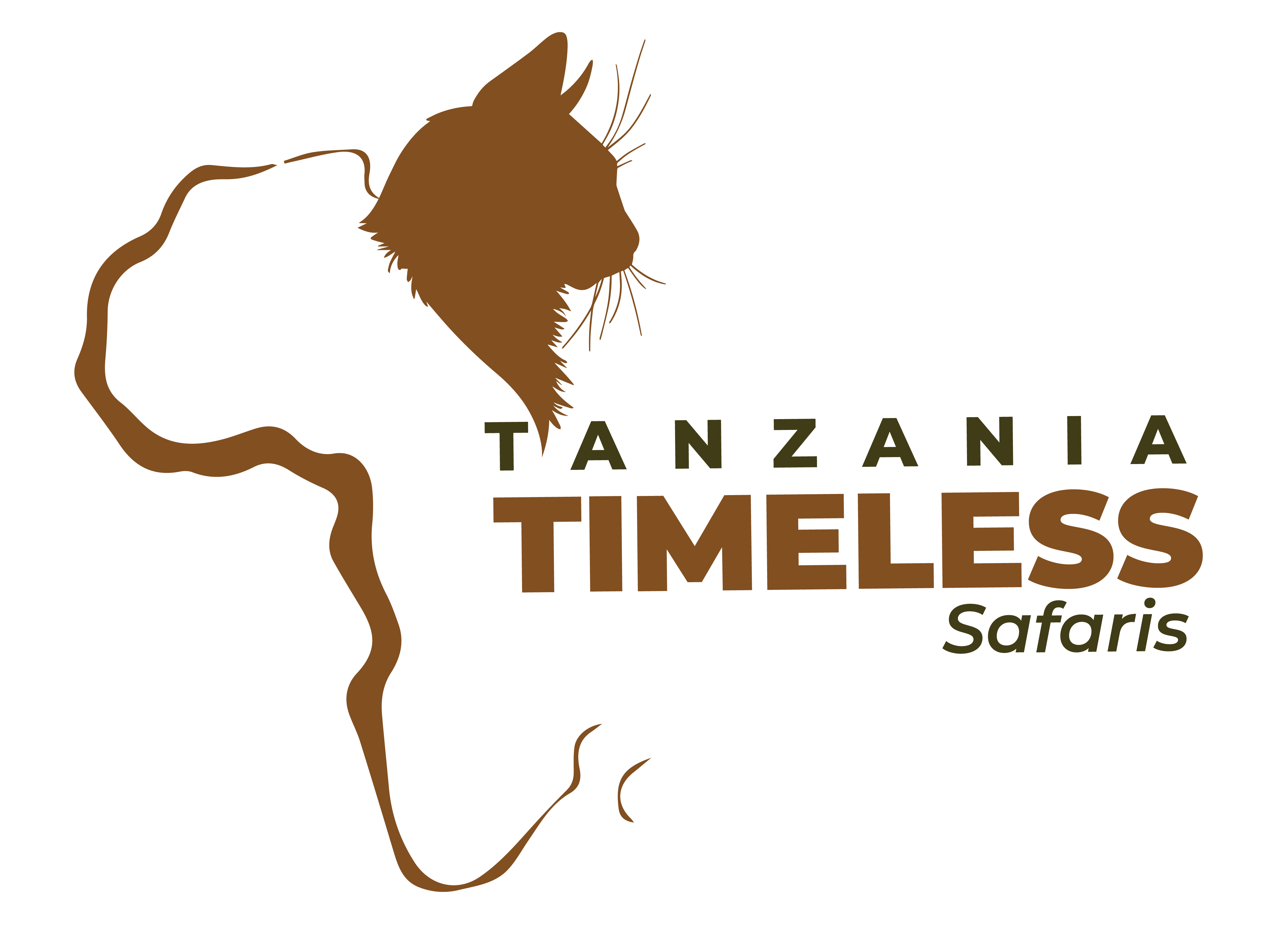TANZANIA FROM JUNE TO OCTOBER
From June to October, Tanzania experiences its dry season, making it one of the best times for travel and safari adventures. During these months, the weather is pleasantly warm with temperatures ranging from 20°C to 30°C (68°F to 86°F), and there’s minimal rainfall, ensuring clear skies and optimal conditions for wildlife viewing. This period is prime for witnessing the Great Migration in the Serengeti, as thousands of wildebeest and zebras journey across the plains. National parks like Serengeti, Tarangire, and Lake Manyara also offer abundant wildlife sightings, as animals congregate around water sources. With fewer mosquitoes and reduced humidity, the dry season provides a comfortable and enjoyable experience, perfect for exploring Tanzania’s diverse natural landscapes and rich cultural heritage.
Let’s Help You Plan
Weather Overview: Top Travel Guide
From June to October, Tanzania’s weather is ideal for travel, featuring warm and dry conditions with temperatures ranging from 20°C to 30°C (68°F to 86°F). The dry season ensures clear skies and minimal rainfall, providing perfect conditions for safaris and outdoor adventures. This is the prime time to witness the Great Migration in the Serengeti, as millions of wildebeest and zebras traverse the plains, closely followed by predators. Wildlife spotting in parks like Ngorongoro Crater, Tarangire, and Lake Manyara is more productive, as animals cluster around water sources. Additionally, the lower humidity and reduced mosquito activity enhance the comfort of your journey, making it an excellent time to explore Tanzania’s diverse landscapes and vibrant wildlife.

How is the Tanzania Safari Experience From June To October?
From June to October, the Tanzania safari experience offers unparalleled wildlife viewing and optimal conditions for exploring the country’s iconic national parks. This period, part of the dry season, boasts temperatures ranging from 20°C to 30°C (68°F to 86°F) with minimal rainfall, ensuring clear skies and enhanced visibility for game drives and wildlife photography. The dry conditions cause animals to cluster around shrinking water sources, making it easier to spot them. Parks like the Serengeti and Ngorongoro Crater come alive with the dynamic spectacle of the Great Migration, where millions of wildebeest, zebras, and other herbivores traverse the landscape, closely followed by predators like lions, cheetahs, and hyenas, setting the stage for thrilling wildlife encounters.
The lower humidity and reduced mosquito activity during these months create a more comfortable and enjoyable safari experience. Mornings and evenings are cool, providing a refreshing contrast to the warm afternoons, perfect for full-day excursions. Popular destinations such as Tarangire and Lake Manyara offer unique highlights, like the Tarangire’s elephant migration and Lake Manyara’s tree-climbing lions and diverse birdlife. Whether you’re on a game drive, walking safari, or even a balloon safari, the Tanzania safari experience from June to October guarantees an unforgettable adventure amidst some of the world’s most breathtaking landscapes and abundant wildlife.
The Great Wildebeest Migration In Kogatende-North Serengeti
From June to October, the Great Wildebeest Migration reaches its pinnacle in Kogatende or the northern Serengeti, providing one of the most spectacular wildlife events on Earth. During this period, over 1.5 million wildebeest, accompanied by hundreds of thousands of zebras and gazelles, journey across the Serengeti plains in search of fresh grazing grounds. This epic movement culminates in dramatic river crossings at the Mara River, a highlight for any safari enthusiast.
River Crossings.
One of the most exhilarating parts of the migration is the Mara River crossing. From July to October, massive herds gather at the riverbanks, nervously anticipating the perilous swim to reach better pastures on the other side. The crossings are fraught with danger, as swift currents and lurking Nile crocodiles turn the event into a high-stakes drama. Witnessing these heart-pounding moments offers an unforgettable glimpse into the sheer determination and survival instincts of these animals.
The northern Serengeti, particularly Kogatende, is the prime location for observing this natural spectacle. With minimal human intrusion and a lush, scenic backdrop, Kogatende provides an ideal setting for witnessing the raw power and intricate dynamics of the Great Migration. The region’s rolling hills and woodlands offer excellent vantage points for game drives, allowing visitors to capture stunning photos and create lasting memories. For a truly immersive experience, consider staying in one of the nearby mobile camps that follow the migration, ensuring you’re constantly at the heart of the action.

What To Wear In Tanzania From March To May.
From June to October, Tanzania’s weather calls for lightweight, breathable clothing due to warm temperatures ranging from 25°C to 32°C. Opt for light-colored, long-sleeved shirts and pants to protect against the sun and insect bites, along with a light rain jacket or poncho for occasional showers. Comfortable walking shoes or sturdy sandals are essential for traversing various terrains. Don’t forget a wide-brimmed hat, sunglasses, and high-SPF sunscreen to shield yourself from the sun’s intense rays, and pack insect repellent to ward off mosquitoes. For evening outings or cooler inland regions, consider carrying a light sweater or jacket.
- 1. Light, Breathable Clothing: Opt for lightweight, moisture-wicking fabrics to stay cool during warm afternoons. Neutral colors like khaki, green, and brown are ideal for blending into the natural surroundings.
- 2. Warm Layer for Mornings: Early morning game drives can be chilly, especially in high-altitude areas. Pack a fleece or a light jacket to stay warm until the temperatures rise later in the day.
- 3. Comfortable Footwear: Choose sturdy, closed-toe shoes or hiking boots for walking safaris and uneven terrain. Ensure they are well broken in to avoid blisters
- 4. Sun Protection: The tropical sun can be intense, so bring a wide-brimmed hat, sunglasses, and high-SPF sunscreen to protect your skin from harmful UV rays.
- 5. Rain Gear: From June to October is a period of long dry season and sun but we expect rainy on some days, so pack a lightweight, waterproof rain jacket or poncho. Quick-drying pants and shirts can also be handy.


